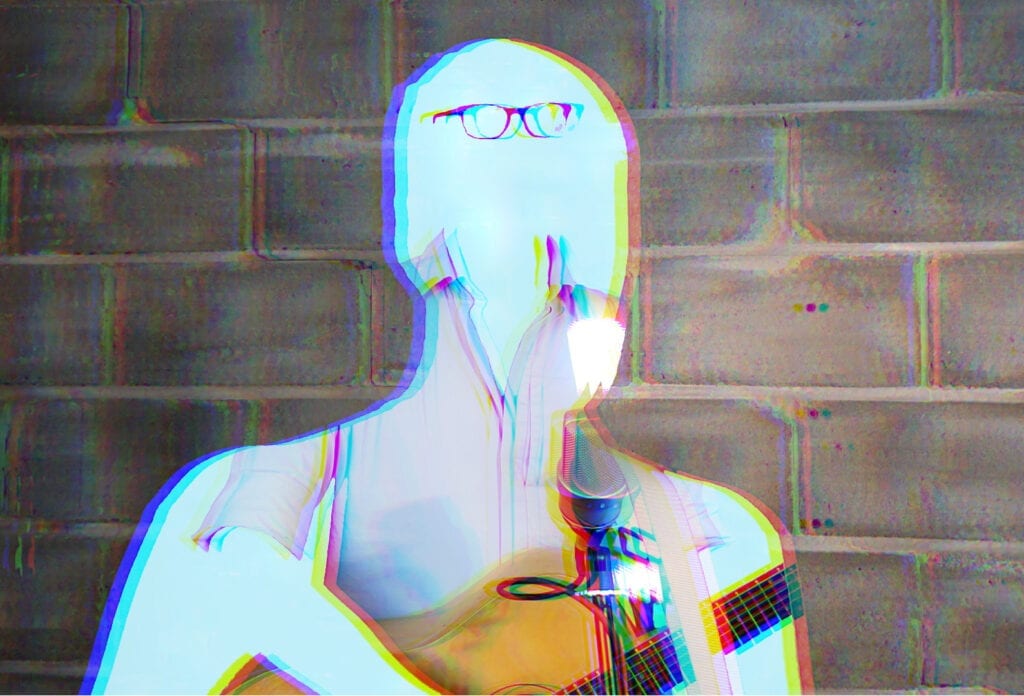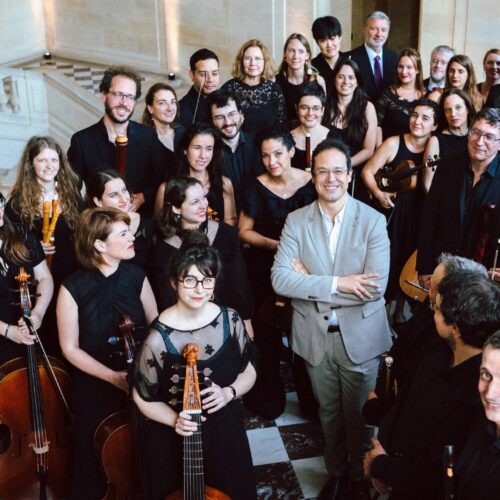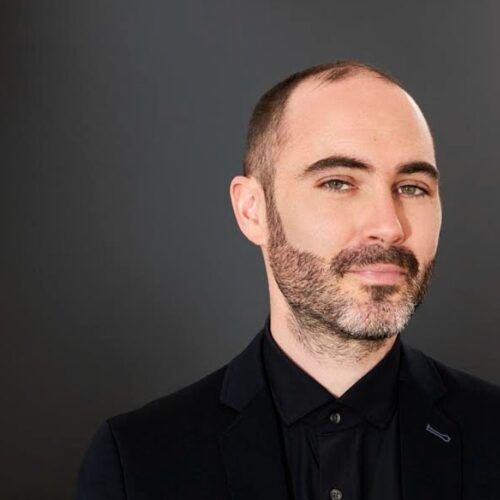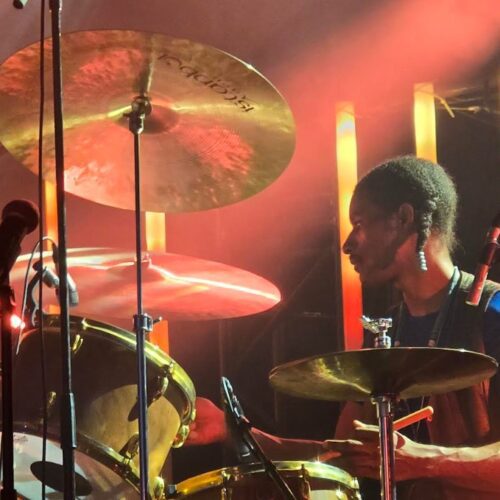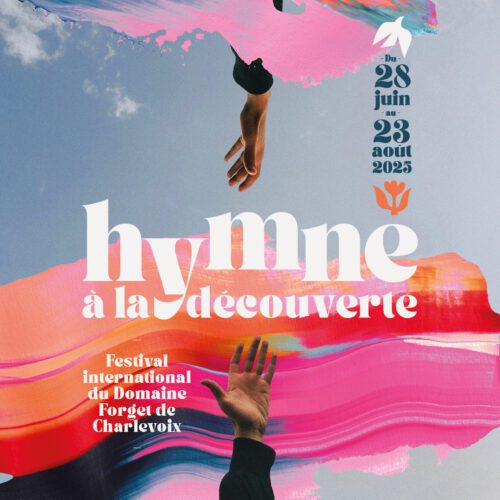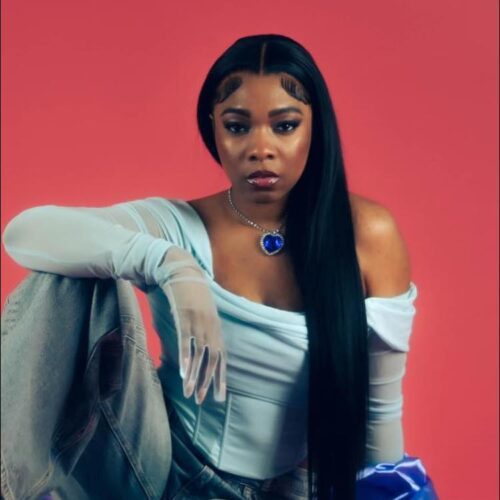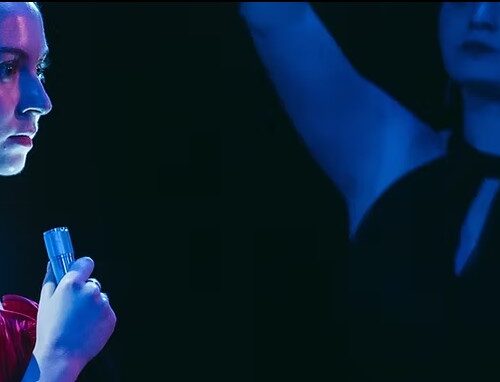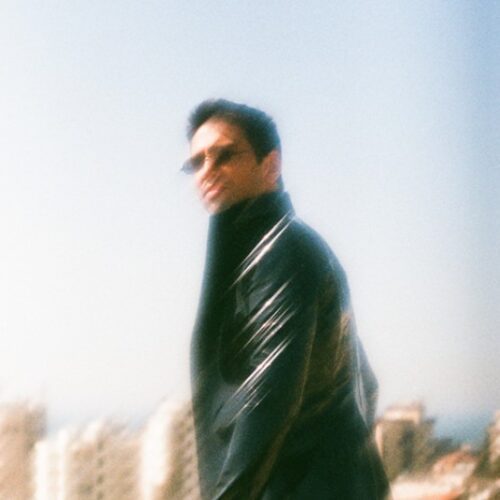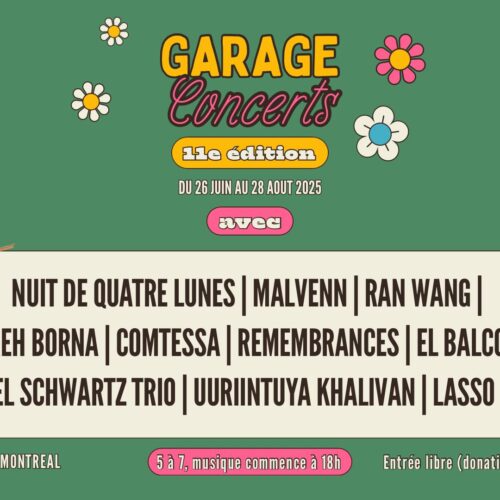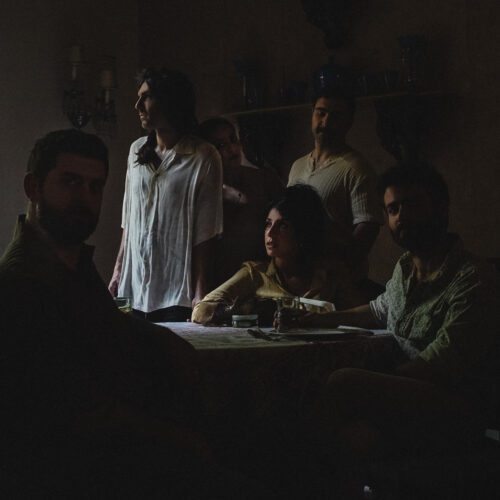Additional Information
Photo: VonPleid
PAN M 360: How and why did this idea for such an ambitious project come about?
Navet Confit: It’s a project I had in mind for a long time. It obviously takes a lot of time to go through 20 years of recordings of all kinds. I used to do bits and pieces here and there when I had the time in the last few years, when I used to go through an old hard drive to find a lost file from a session, but I’d never delved into it as deeply as I did during the quarantine. The studio where I usually work closed for two months; I moved home with a few instruments to create, but the morale was not there. Suddenly having that much time in front of me gave me a complete overview of my archives, and it made it easier to finish the review and compilation work. Since 2000, I’ve recorded a lot, an awful lot! I don’t write the music down, my way of remembering what I create is to make a demo of it. There have been times when I’ve been able to write two or three songs a day and still have a full-time job! Even during that period, which goes back 15 years, I’d start a recording with the idea that one day a new song might come out in that form, because you never know where the recordings are going to end up. I’ve always taken care to record in a “semi-broadcast” quality (according to my standards as a sound engineer and mixer at the time, of course), so I think this project has been around since I’ve been making music. And the 20-year-old Navet is very happy that it’s finally coming out.
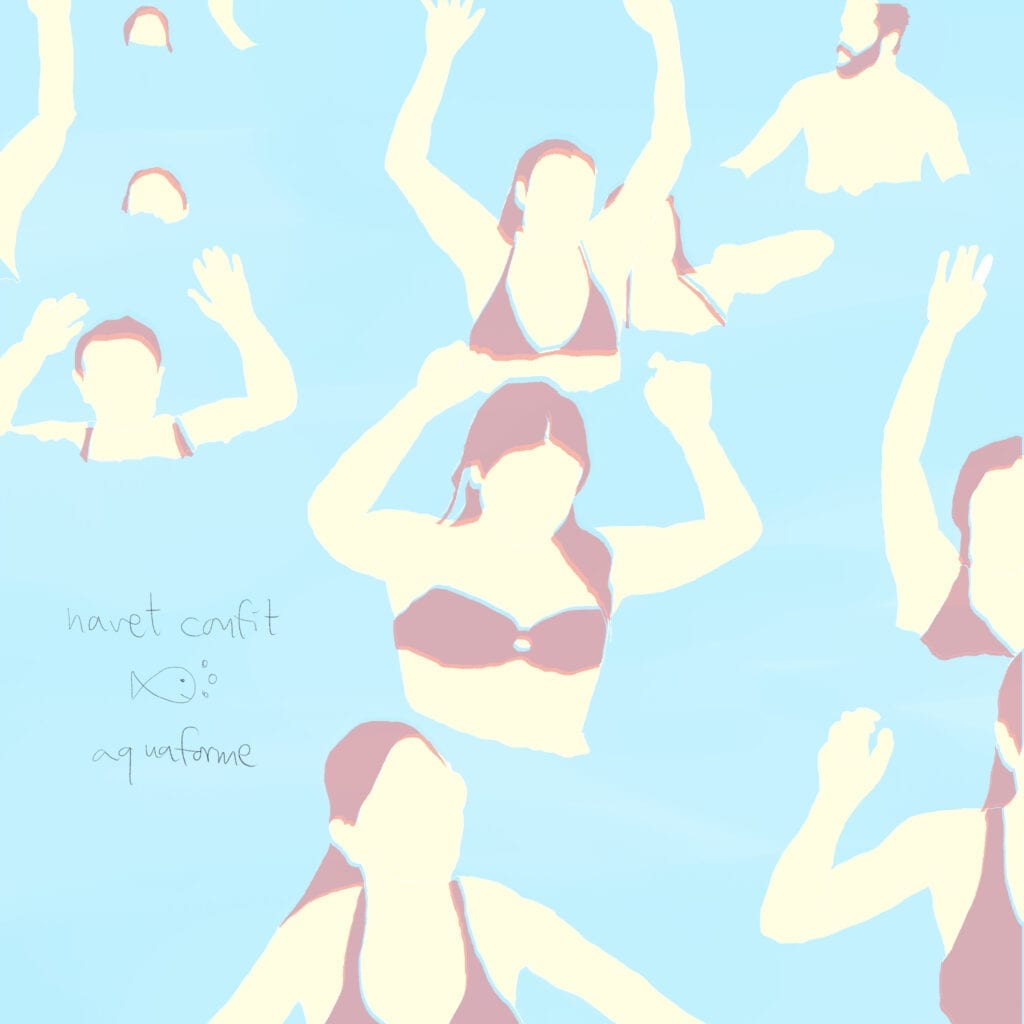
PAN M 360: How many songs are we talking about, altogether? When was the oldest one from? And the most recent?
NC: I think it’s 103 songs in all. I could have forced myself to make a round number. I’m sorry! The oldest tracks are from 2000, when I did a kind of eponymous demo for my friends at Christmas, homemade. The pieces “Moi aussi”, “Cancel = Skip” et “Sans titre encore” are from it and are all on volumes 1 and 2 of the Nostalgie Incubateur series. The piece “Moi aussi” is the first track by Navet Confit with lyrics (it was already very minimal). The most recent material can be found on volume 3 of the same series: these are b-sides and mock-ups of my last “real” album to date, Engagement, lutte, clan et respect (2019). Several songs were still incomplete, so among other things I added vocals on “Morts pendant le confinement”. I did the same with the Elton John cover, “Daniel” (on Covers de rêves), for which I finished the translation and recorded the vocals (with Émilie Proulx, remotely) during quarantine. The instrumental version of the song had been around for a few years, recorded for a theatre show, but never used.

PAN M 360: Was there anything you hadn’t listened to for a long time? Did you rediscover things you had underestimated in the past, where you thought, but why didn’t I play this or that? How did it feel to go back to those songs or music you had left behind?
NC: It’s crazy because music is a real machine for travelling through time and space. I found stuff I didn’t even remember having recorded. I’ve also been able to observe my reflexes as a composer, chord forms, types of melodies that come back over the years. But above all, it put me back in the state I was in when I recorded those pieces, in which apartment, in which studio… The compilations of theatre music also put me back in the context of the productions they were made for, made me think about the people I worked with, the directors who guided me and so on. I’ve also rediscovered more youthful things that I’m going to keep to myself; and through it all, funny and heartbreaking memories. But my choices have always been clear for my albums, so there’s no “I should have”.

PAN M 360: Why did all these songs never end up on disc, or any other medium?
NC: I tend to take responsibility for my choices and let go quite easily. I release a lot of albums and EPs. I have a lot of freedom in my sound and in my releases, among others thanks to my label Lazy at Work (Galaxie, Fuudge, Zouz). If this material hadn’t been released before, it was for a good reason and there was no existential crisis related to these decisions (laughs)! It’s not an easy repertoire that is found on these 10 albums. It’s really very eclectic and it can be very demanding to listen to. That’s why I suggest moderation… These are complementary universes which, a bit like my many EPs, throw a different light on the official albums. You shouldn’t press play expecting to be knocked over. But I think they go well together, these tracks, and I’m happy to release them all at the same time rather than separately on official albums. In the case of the theater-music compilations, the answer is more obvious: these pieces were not intended to be on albums in the first place. Releasing them in this way gives a glimpse (or a listen) of my “ambient” side that isn’t very present in my other productions. It’s a style of music that I like very much, and that lends itself well to the stage, its very minimal side blending perfectly with a supporting role, behind the script and the acting.
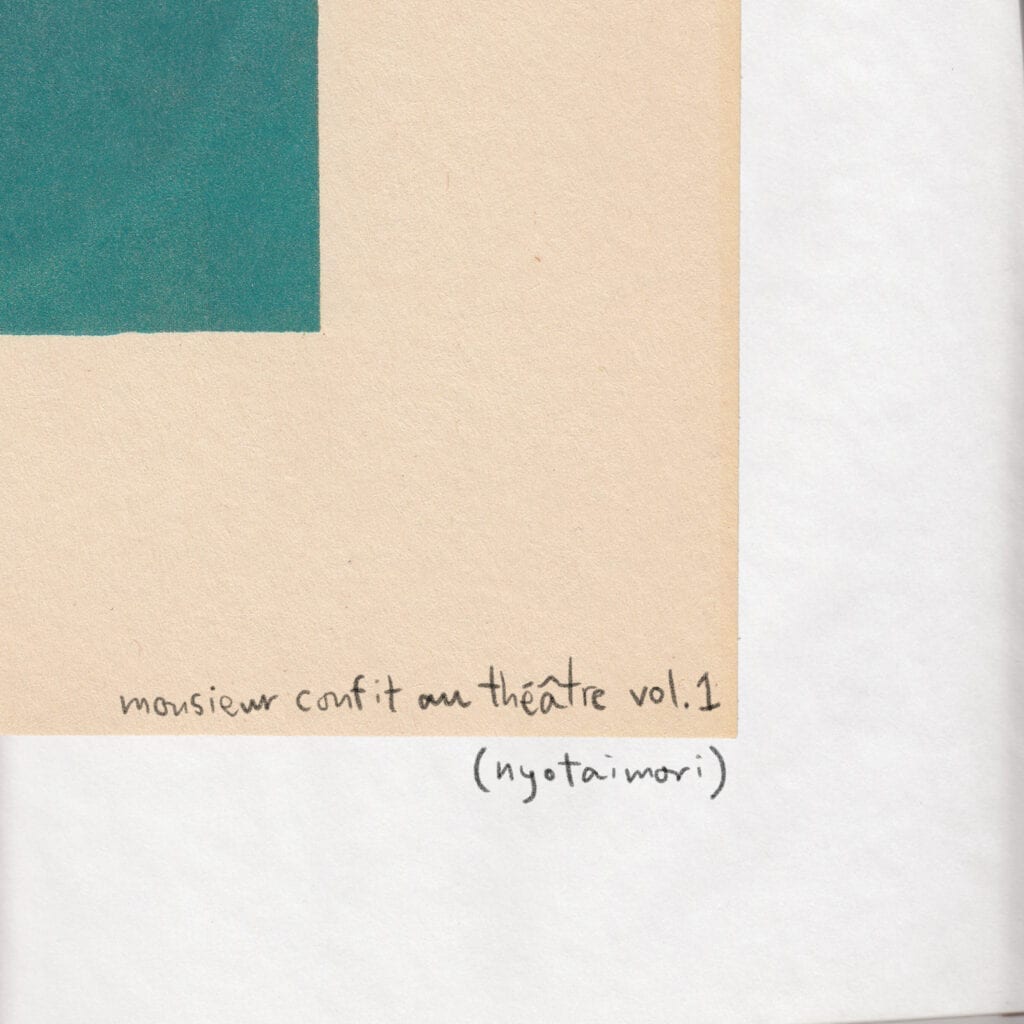
PAN M 360: How long did it take you to listen to it all again, make choices, and put it all together? Were the choices difficult? Did you have any help?
NC: As in many of my projects, I didn’t calculate my time, but I could just say – a lot. It’s a job I did quite alone, but over the years, I had often made compilations on records I burned for my friends; it had already oriented me towards what was best. The hardest thing was to compile the songs together, to make pacings that stood together. In terms of choices, it was pretty simple: what irritated me at the time (musically, in the voice or in the mix) still irritates me today. As soon as I wasn’t proud of something, as soon as something got stuck and it didn’t serve the overall understanding of the exercise, it was rejected. We change a lot over the years and the world changes too. I’ve rejected a lot of things, like lyrics that haven’t aged well or songs where I hadn’t yet found my voice or my way of singing in French.
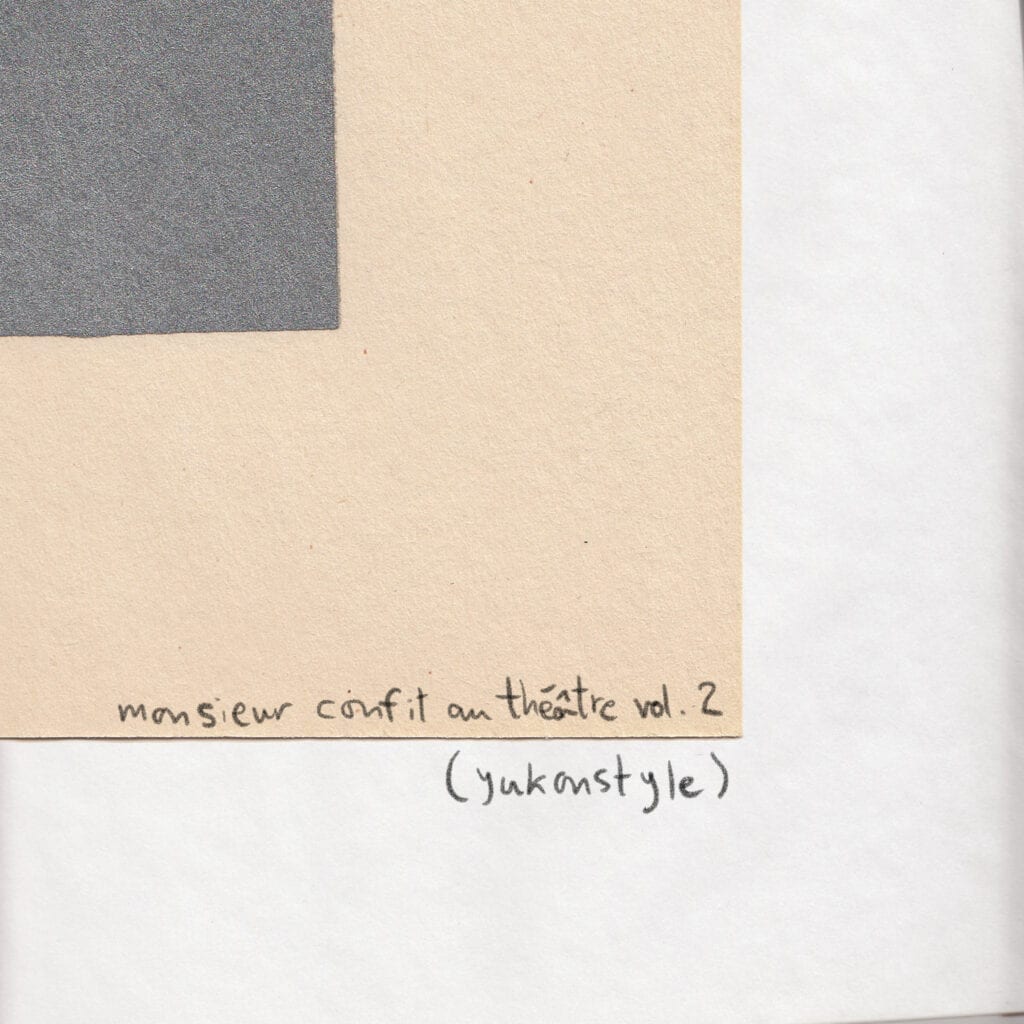
PAN M 360: Have you reworked, remixed, or remastered some tracks?
NC: As I said before, I sometimes finished recording some pieces during the quarantine. I didn’t have access to all the multitrack sessions (I used to record with an old beige PC and pirated programs), so in some cases I couldn’t remix. In other cases, I added a bass here, recorded a voice there, and so on.
For the theater compilations, I had to remix quite a lot, the relationship to the sound in the theater being very different from the one on the album (“Nyotaimori”, for example, was originally quadraphonic when it was presented at CTD’A). Jean-Philippe Villemure did a colossal job of mastering the whole thing! He won’t say it to me, but I think I drove him a bit crazy.
PAN M 360: Are there any others left? Could you have made more than 10 albums if you had wanted to?
NC: I think I could have made at least five more albums with what I have left! You have to know when to stop in life, don’t you? On the other hand, I plan to continue the Monsieur Confit au théâtre series (I do two or three theatre productions a year, that’s a lot of recorded music) and Nostalgie Incubateur.
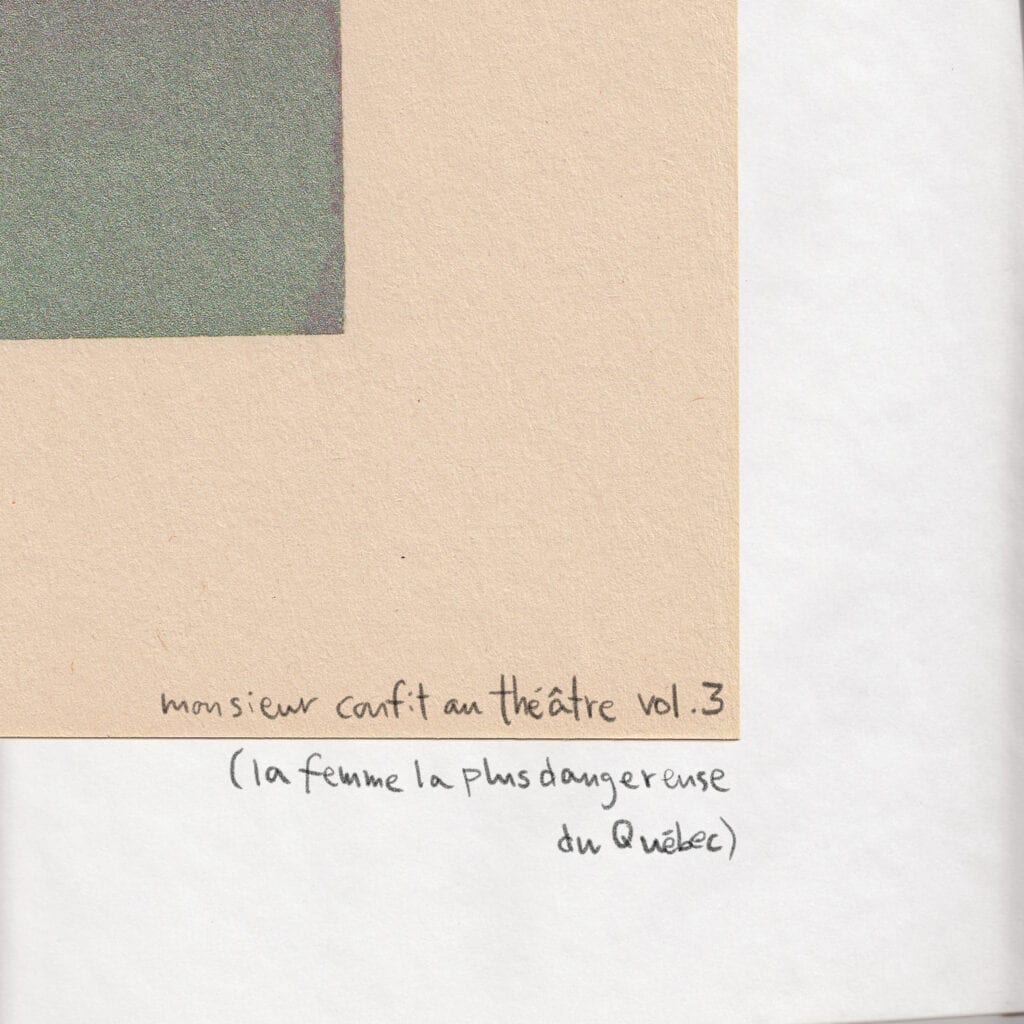
PAN M 360: Tell us about this virtual show you’re presenting on July 13.
NC: It’s a fake Facebook live show of about 25 minutes with my beloved Von Pleid (camera, motion design and editing) and my great friend Martin Lachapelle (motion design and editing). I was inspired by what I saw on the Internet at the beginning of the pandemic, the live shows, the famous Zoom aperitifs, which lasted a maximum of two weeks… Like theatre people, I believe that “going digital” or “reinventing oneself” doesn’t mean putting a fixed camera in the room and playing. That’s not how I see the adaptation of the performing arts to the digital format. If our content is artistic, then I think at the same time the container has to be artistic as well. So I resisted doing live shows from my living room with my acoustic guitar – frankly, I wasn’t tempted to do that at all – and instead, I thought about how to make the show without an audience more stimulating. I don’t denigrate the artists who lent themselves to the Facebook live game, on the contrary. I find them very brave to have presented themselves like that, without artifice and in rudimentary conditions. But I believe that it was a temporary solution in response to an emergency, and not a new path to take in the long term. So this show is very weird, very “treated” visually and audibly, and I put a good dose of my dubious humour in it. I’m fortunate to have collaborators who understand (and add to) this humour – Von Pleid did the cover art for Justin Trudeau Kinda Party, among others, and Martin did my live video projections. I perform seven or eight songs. There are some more literary, narrative bits, and some really intense visual moments. We worked a lot with green screens and saturated images. This is my first video production. To the team, we added a cameo by Martine G, president of Lazy at Work, my label. I think it’s really cool to work with a label that encourages me in my nonsense instead of repressing it. That’s also true of the many atypical releases I’ve made with Martine since 2013.
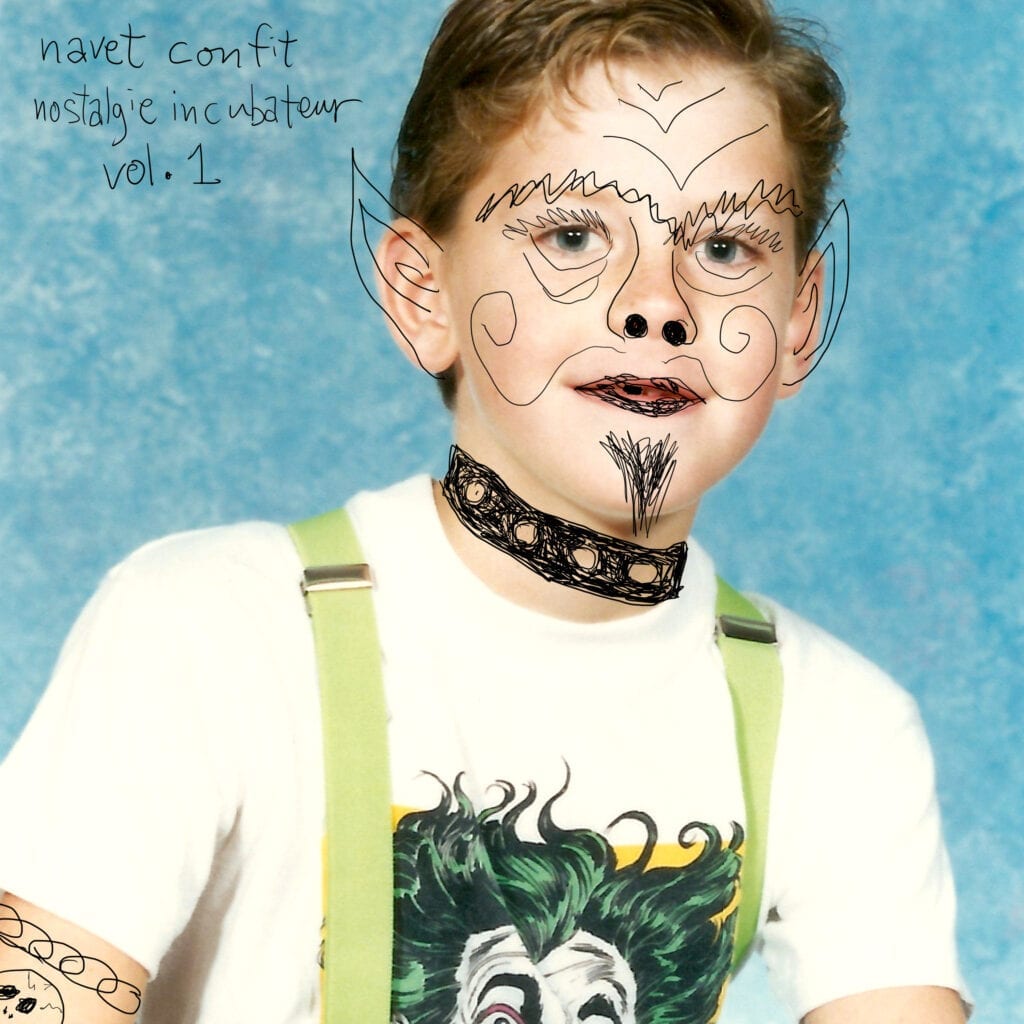
PAN M 360: Can you describe in a few lines the history of each of the 10 albums, and how they were subdivided?
NC: Throughout all this, there are two series among others: Monsieur Confit au théâtre (volumes 1, 2 and 3), which compiles the music for the plays Nyotaimori, Yukonstyle and La femme plus dangereuse du Québec and Nostalgie Incubateur (volumes 1, 2 and 3), which compiles B-sides, demos, studio scraps and other experiments (a lot of stuff dating back to the beginning of 2000, instrumental and quite experimental). There’s also the concept album Aquaforme, which is mainly made up of samples of toilet, sink and guitar sounds. I’ve compiled a lot of covers accumulated over the years on Covers de rêves. There’s also a “living room show” called Bruit de fond, recorded between two albums (LP1 and LP2). And finally, a dance record (!) – the Skydancer EP (if you’re able to listen to the whole thing, I’ll pay you a compensatory sum).
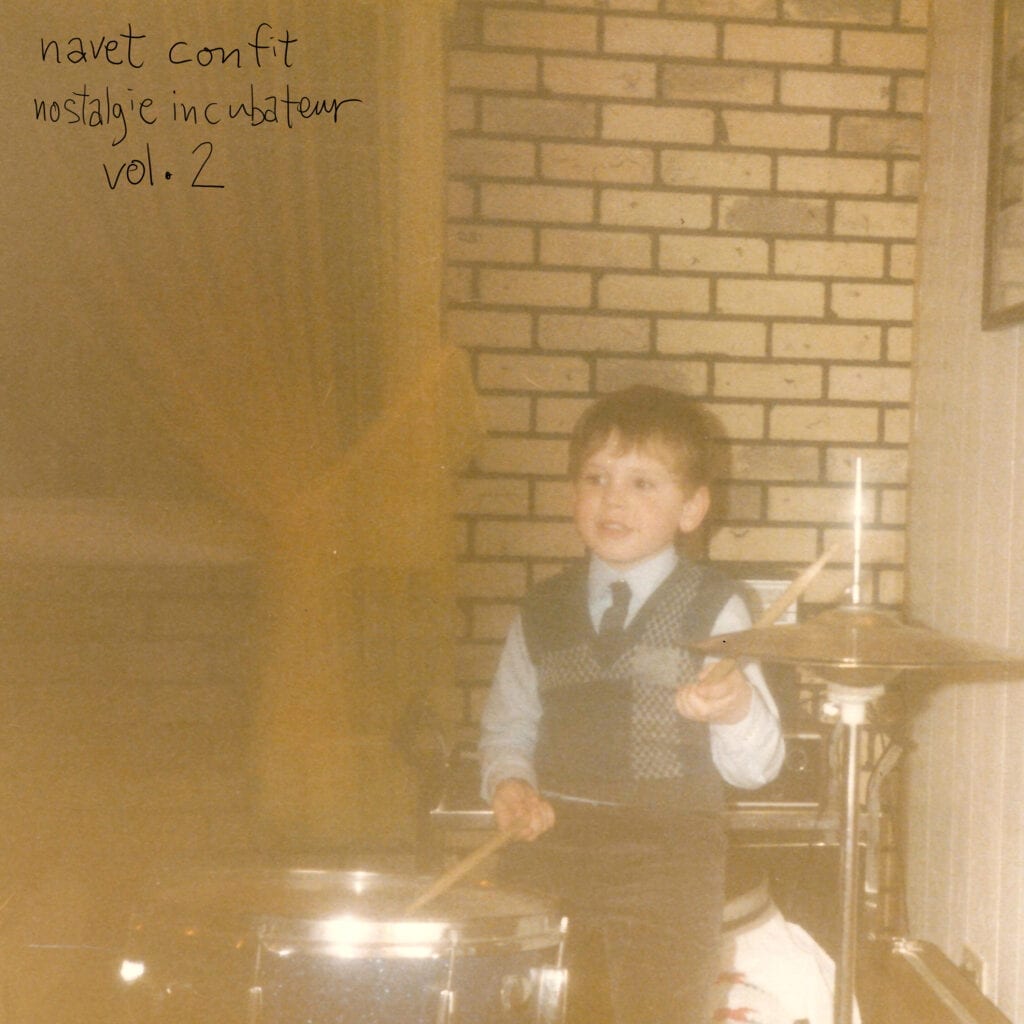
PAN M 360: If you had to choose one song/music per album for a playlist, which ones would it be, and why?
M. Confit au théâtre vol. 1 / Nyotaimori: “Yoga”
It’s a track that wasn’t used in the show, but I liked it very much. It’s kind of a tribute to the melting sound of Boards of Canada, and it’s a very long, meditative, hypnotic piece.
M. Confit au théâtre vol. 2 / Yukonstyle: “Raven Requiem”
A very solemn and colourful piece, built around a mellotron, composed of samples of the voice of one of the actresses of the show, Jasmine Chen. It’s really deep. Ha ha!
M. Confit au théâtre vol. 3 / La femme la plus dangereuse du Québec: “Vulgaires siamois / Freakshow”
David Lynch meets Sonic Youth? I discovered the poetry of Josée Yvon with this show (read her work, that’s an order!). It was hyper-inspiring. And trashy. Of a great, messed-up beauty. The tracks of this album were built from a kind of jam with myself, you can hear it clearly on this track.
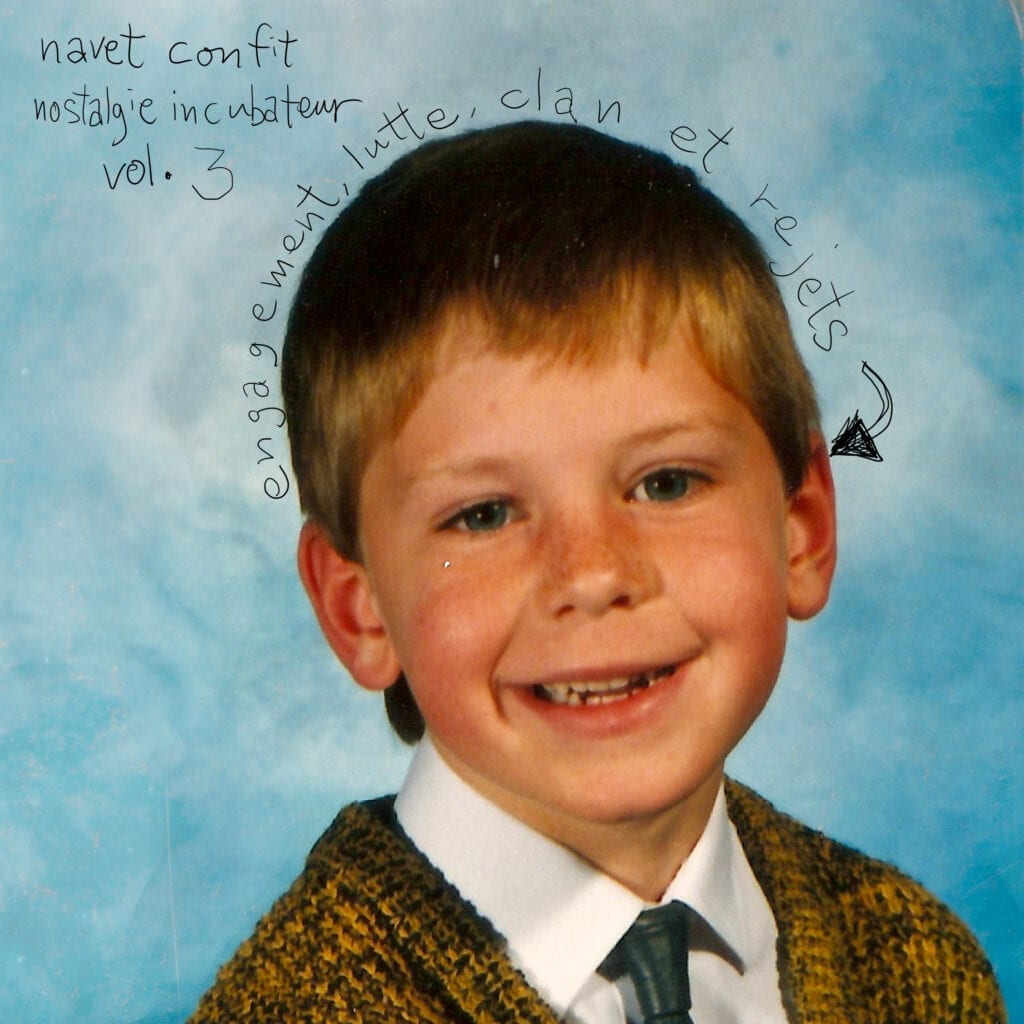
Nostalgie Incubateur vol. 1: “Moi aussi”
It’s the first real “song” by Navet Confit, that is to say, the first time I put vocals on one of my musical tracks, in 2000. It sets the tone for the rest.
Nostalgie Incubateur vol. 2: “JP fait de la musique”
I really like the comfortable/uncomfortable atmosphere of this track (which also has a reinterpretation later on the same album). I think it’s my first real tentative effort in electro-wallpaper.
Nostalgie Incubateur vol. 3 / Engagement, lutte, clan et rejets: “Blues plate”
…Just so you can imagine Émilie Proulx playing drums on it! Ha ha!
Aquaforme: “Aquaforme Part I”
It’s a weird concept album made mostly in one night. The Aquaforme suite (Part I to V) can be listened to when you come home late from a party, a bit drunk.
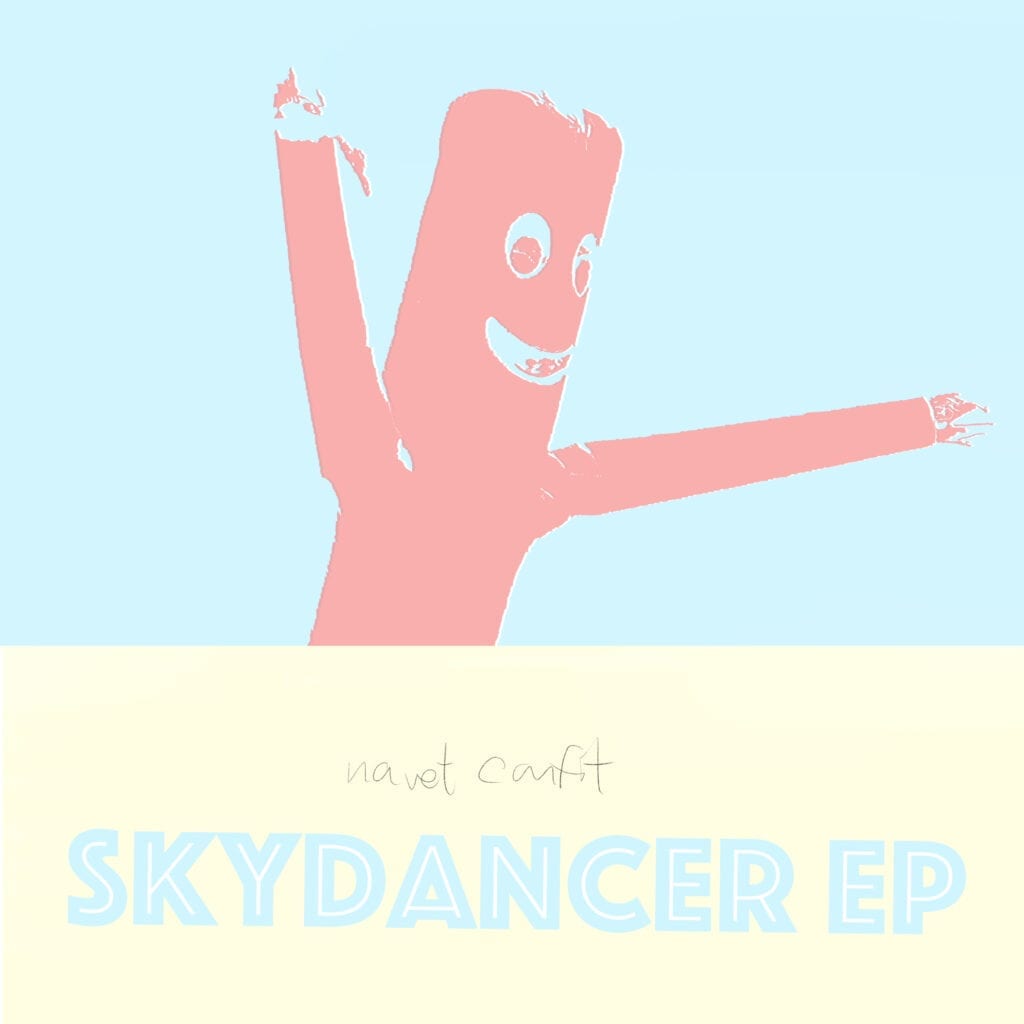
Covers de rêves: “Le monde est fou”
I never thought I’d sing Plamondon one day! That’s what I was invited to do, when I was on stage to accompany the authors at the 50th-anniversary evening of poetry from Les Herbes Rouges (a great publisher). Covered by Renée Claude, this song is inspired by the poet Huguette Gaulin (read her work, that’s an order!).
Bruit de fond: “Ambulances”
The embryo of a track that was later released on LP2, there is a certain fragility to this version, and a bit of a rough side to the interpretation that serves it well.
Skydancer EP: “Combien je veux être avec toi”
I think it’s officially the most wonderfully disgusting song I’ve ever had to record in my entire life! It was part of Simon Boulerice’s show Javotte and I’m lucky enough to be accompanied by Larche, in autotune mode, and Erik Evans of Canailles rapping.
